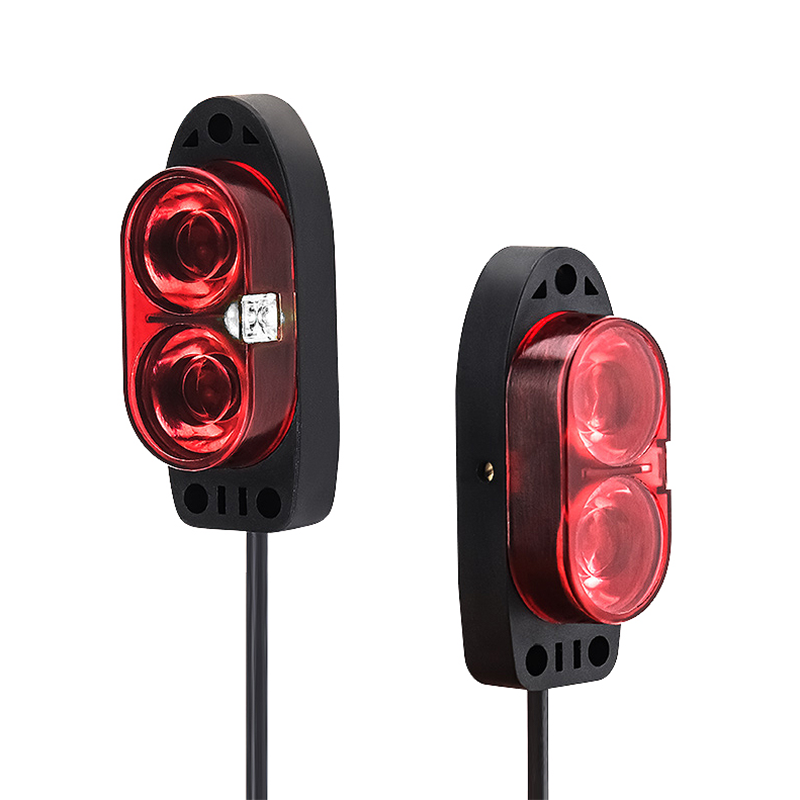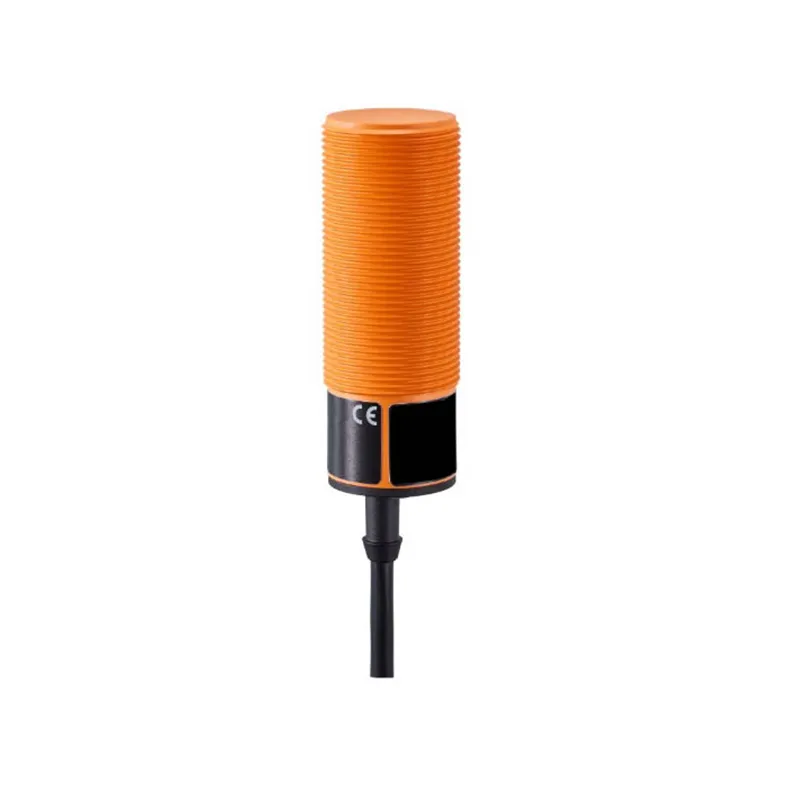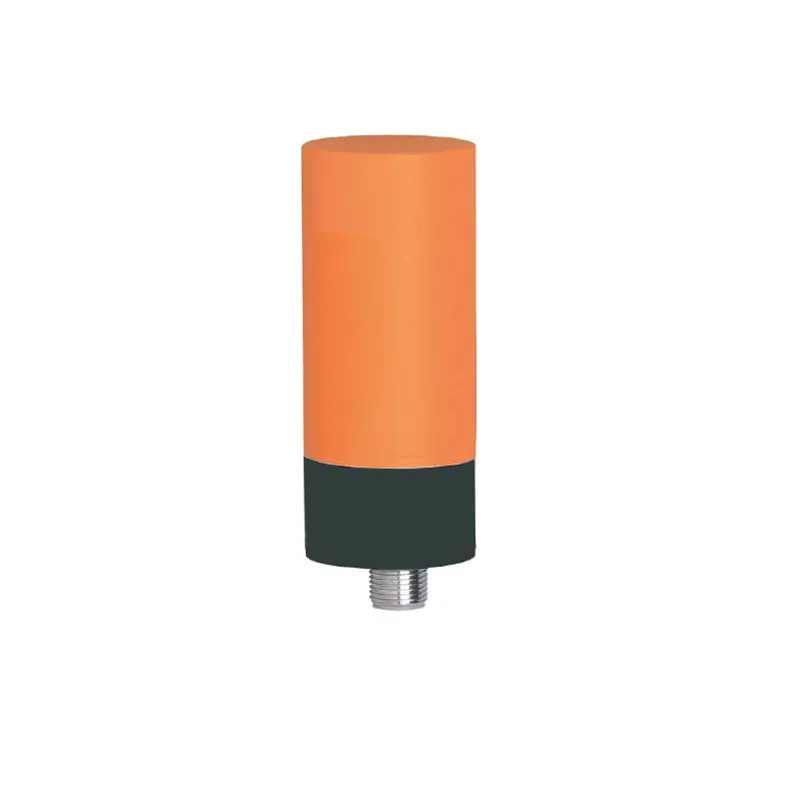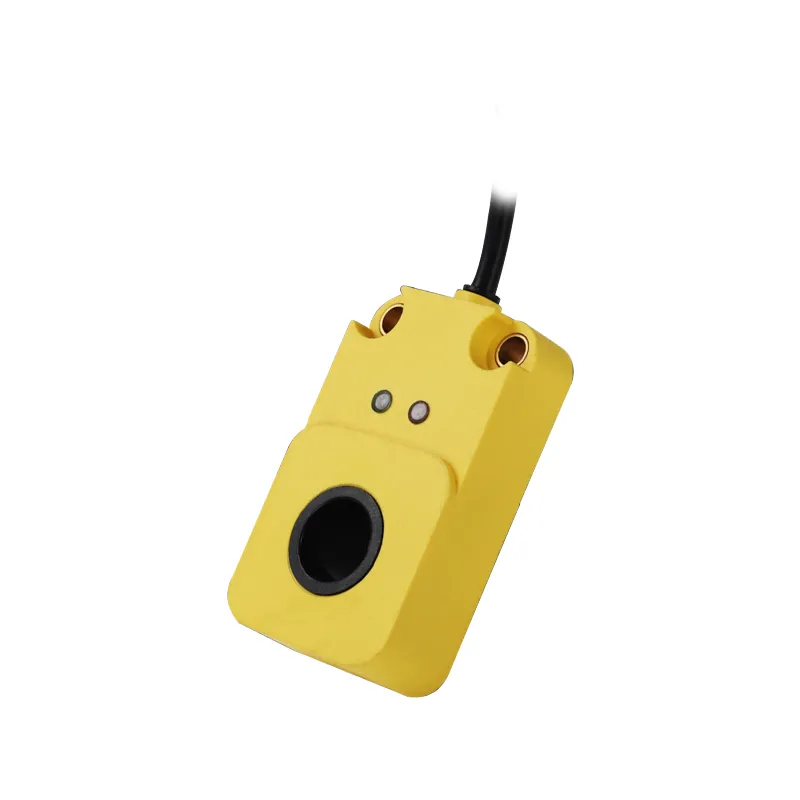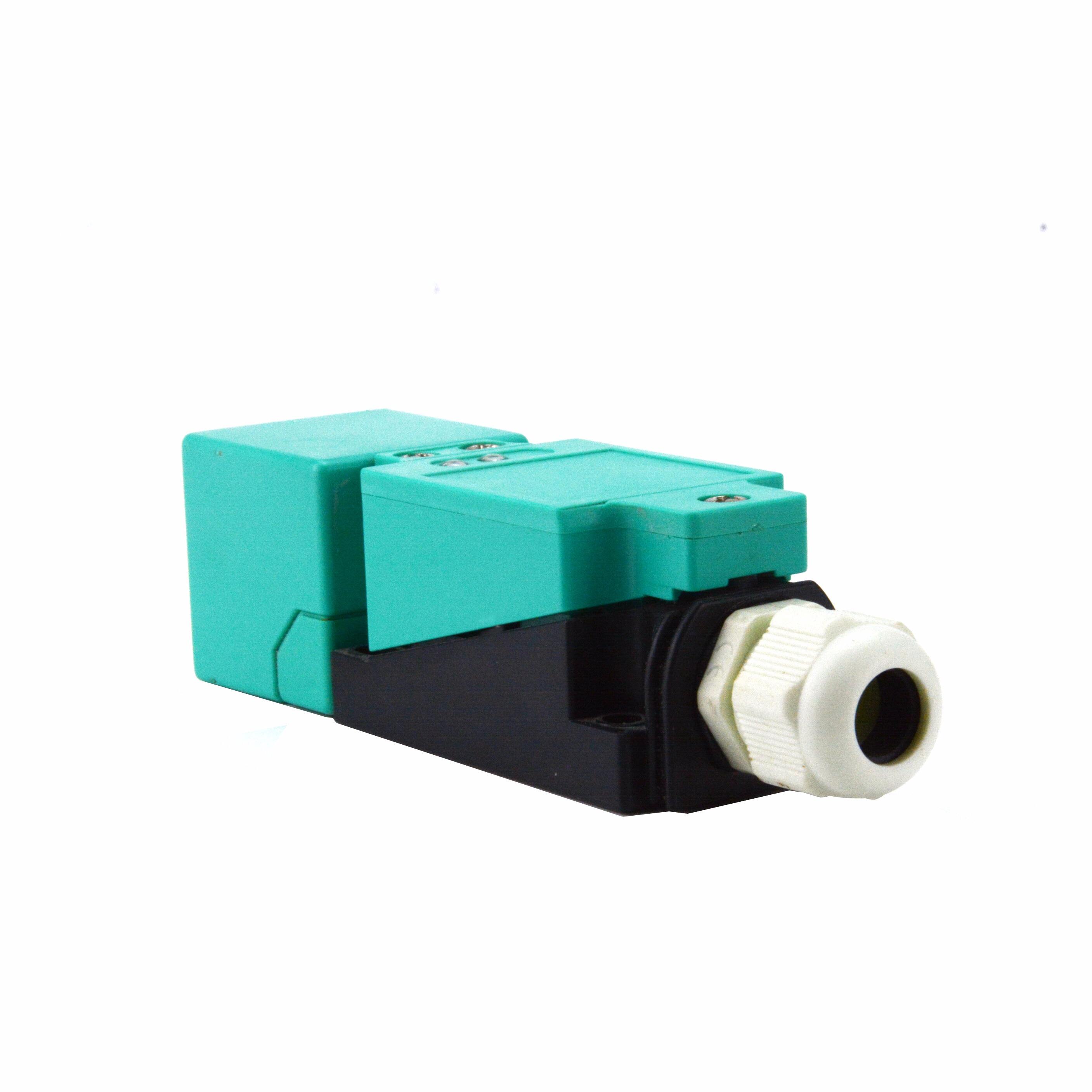proximity detection sensor
A proximity detection sensor is a sophisticated device designed to detect the presence of nearby objects without requiring physical contact. Operating through various technological principles including electromagnetic fields, infrared radiation, or ultrasonic waves, these sensors emit signals and analyze the returned reflections to determine an object's presence and distance. The sensor's core functionality revolves around its ability to continuously monitor its surrounding environment and trigger immediate responses when objects enter its detection zone. Modern proximity detection sensors incorporate advanced microprocessor technology, enabling precise measurements and reliable performance across diverse environmental conditions. These sensors find extensive applications across multiple industries, from automotive safety systems where they enable parking assistance and collision avoidance, to industrial automation where they ensure machine safety and process control. In manufacturing environments, they play crucial roles in assembly line operations, quality control, and workplace safety protocols. The technology has evolved to offer enhanced features such as adjustable sensing ranges, digital output options, and compatibility with various control systems. Their robust design typically includes protection against environmental factors such as dust, moisture, and electromagnetic interference, ensuring consistent performance in challenging conditions. The versatility of proximity detection sensors makes them indispensable in smart building systems, security applications, and consumer electronics, where they contribute to energy efficiency and improved user experience.




